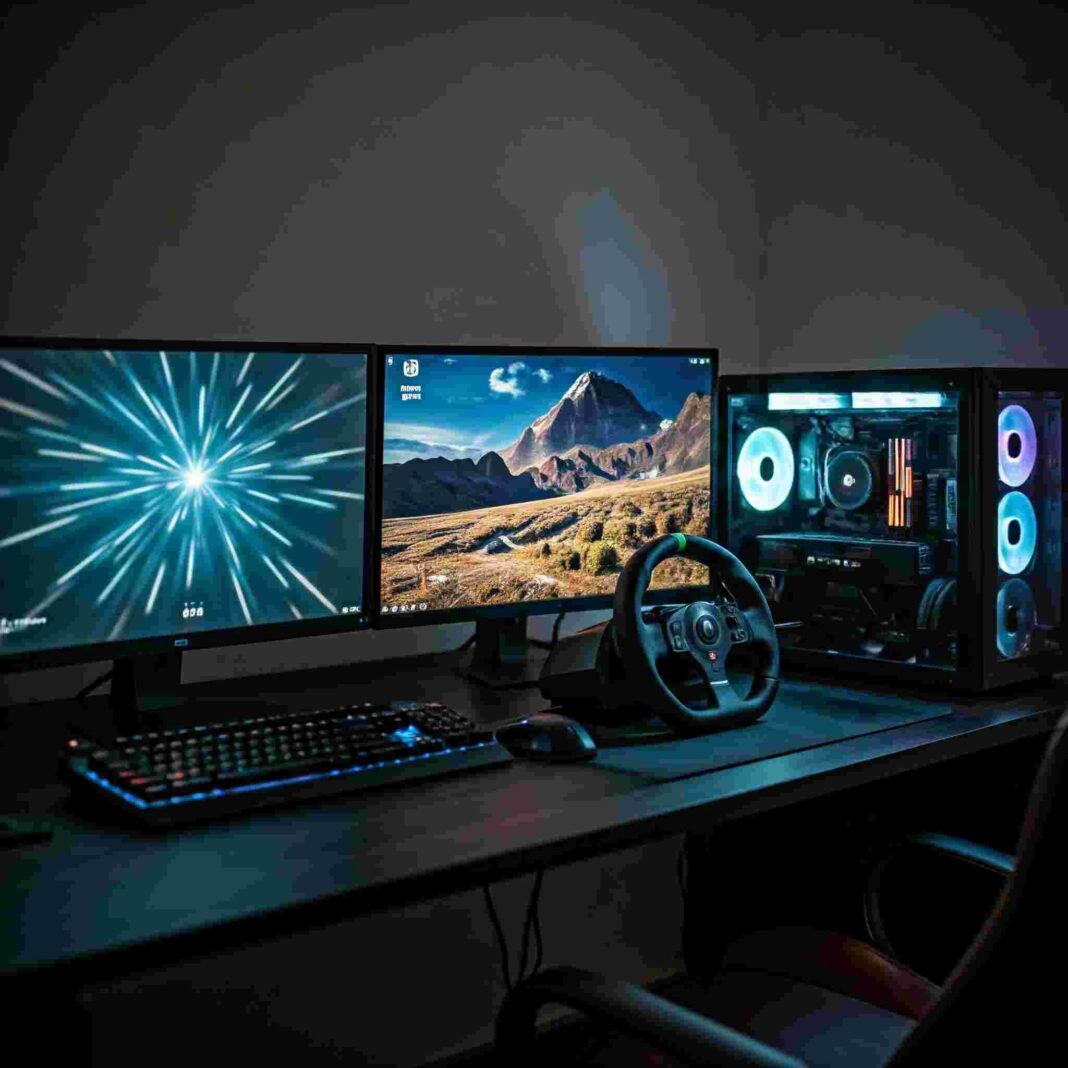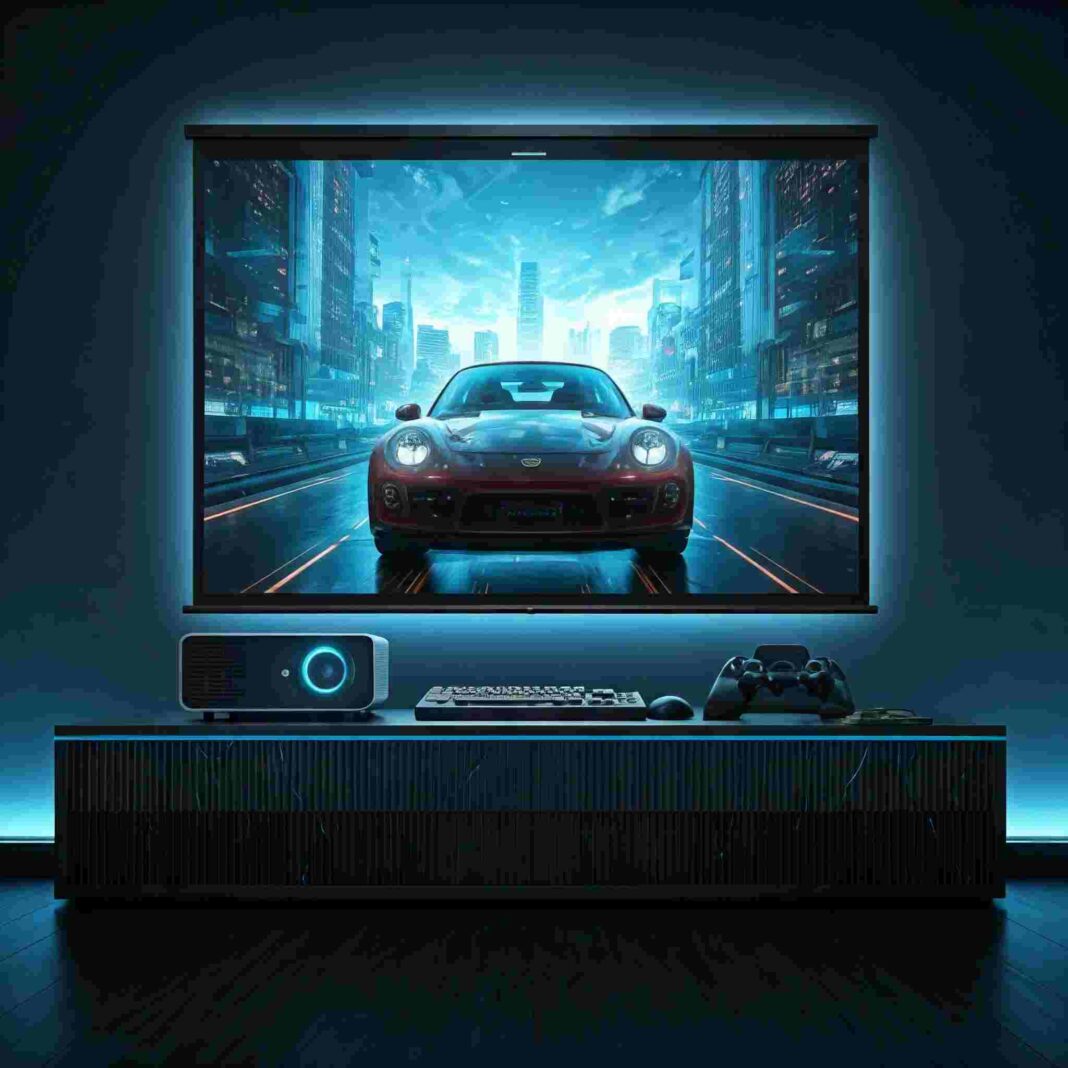Introduction:
Tired of lag, stuttering, and low frame rates ruining your gaming experience? Optimizing your PC for gaming can dramatically improve performance, leading to smoother gameplay, enhanced visuals (where appropriate), and a more immersive experience. This comprehensive guide provides practical tips and tricks to maximize your PC’s gaming capabilities.
1. Update Your Graphics Drivers:
Outdated graphics drivers are a frequent culprit behind performance issues. Regularly updating to the latest drivers from the official websites of NVIDIA (for GeForce cards), AMD (for Radeon cards), or Intel (for integrated graphics) is crucial. These updates often include performance optimizations specifically for new games, bug fixes, and stability improvements.
- How to Update:
- NVIDIA: Visit the NVIDIA website and use their driver search tool or download GeForce Experience.
- AMD: Visit the AMD website and use their driver search tool or download AMD Adrenalin software.
- Intel: Visit the Intel website and use their driver support page.
2. Adjust In-Game Graphics Settings:
The secret is to strike the ideal balance between performance and visual fidelity.Start by lowering the most demanding settings:
- Shadows: Shadows are computationally expensive. Lowering shadow quality or disabling them entirely can significantly boost FPS.
- Anti-Aliasing: Anti-aliasing smooths out jagged edges but can impact performance. Try different AA methods (e.g., FXAA, TAA) to find a balance.
- Ambient Occlusion: This setting adds depth and realism to scenes but can be demanding. Consider lowering its quality or disabling it.
- Resolution: Lowering the game’s resolution can significantly improve FPS, but it will also make the game look less sharp.
- Texture Quality: This affects the detail of textures. Reducing texture quality can be beneficial if your VRAM is limited.
- View Distance/Draw Distance: This controls how far objects are rendered. Reducing it can improve performance, especially in open-world games.
3. Close Unnecessary Background Processes:
Many background applications consume valuable system resources, impacting gaming performance. Before launching a game:
- Use Task Manager (Ctrl+Shift+Esc) to identify and close resource-heavy processes. Pay attention to CPU, memory, and disk usage.
- Disable startup programs that you don’t need running constantly. You can manage startup programs in the Task Manager (Startup tab).
4. Optimize Your Operating System:
- Game Mode (Windows): Enable Game Mode in Windows settings. This prioritizes system resources for the game you’re playing.
- Power Plan: Set your power plan to “High Performance” to ensure your system is using its full potential. Be aware that this can increase power consumption.
- Disable Unnecessary Windows Features: Certain Windows features you don’t use can be disabled to free up resources. However, be cautious and research before disabling anything.
5. Overclocking (Use with Extreme Caution):
Overclocking your CPU and GPU can provide a noticeable performance boost, but it also increases heat generation and can potentially damage your hardware if done incorrectly.
- Research Thoroughly: If you’re considering overclocking, research thoroughly and understand the risks involved.
- Use Monitoring Tools: Monitor your CPU and GPU temperatures closely while overclocking and gaming.
- Start Small: Increase clock speeds incrementally and test for stability.
6. Upgrade Your Hardware (If Necessary):
If software optimizations aren’t enough, consider hardware upgrades:
- Graphics Card (GPU): The GPU is the most important component for gaming. Upgrading your GPU will usually provide the biggest performance increase.
- CPU: A powerful CPU is also important, especially for CPU-intensive games.
- RAM: 16GB of RAM is generally recommended for modern gaming.
- SSD: Switching to an SSD from a traditional hard drive can significantly improve loading times and overall system responsiveness.
7. Monitor System Temperatures:
Overheating can lead to performance throttling and even damage your hardware. Use monitoring software like MSI Afterburner, HWMonitor, or Core Temp to keep an eye on your CPU and GPU temperatures.
8. Optimize Network Connection:
For online gaming, a steady and quick internet connection is essential:
- Wired Connection: Use a wired Ethernet connection instead of Wi-Fi for lower latency and more stable connection.
- Close Bandwidth-Heavy Applications: Close any unnecessary applications that consume bandwidth, such as downloads or streaming services.
- Check Your Internet Speed: Make sure you have sufficient internet speed for online gaming.
Conclusion:
By implementing these comprehensive tips and tricks, you can significantly boost your PC’s gaming performance and enjoy a smoother, more immersive gaming experience with the help of engineowning. Remember to experiment and find the settings that work best for your specific hardware and games.


